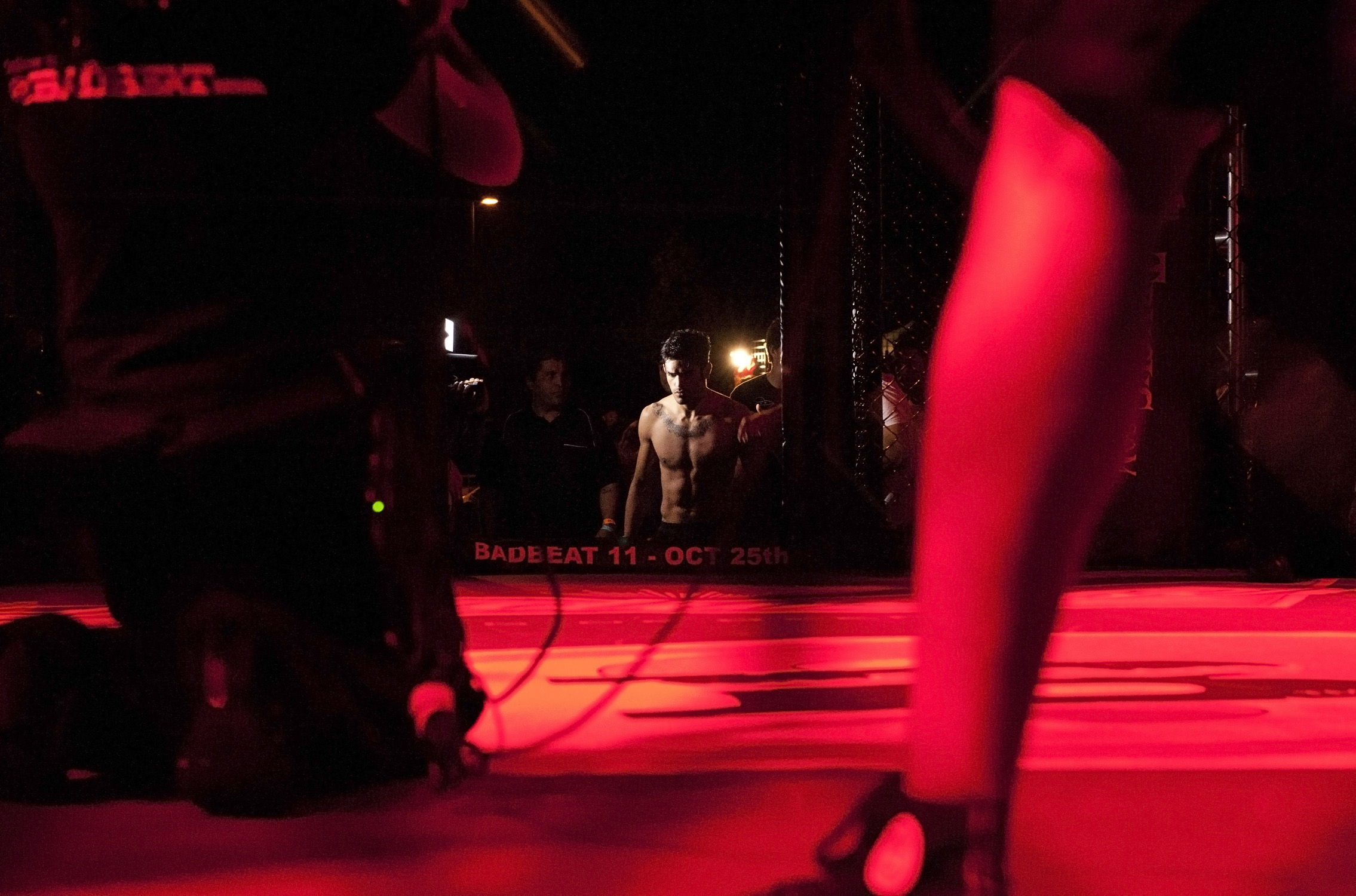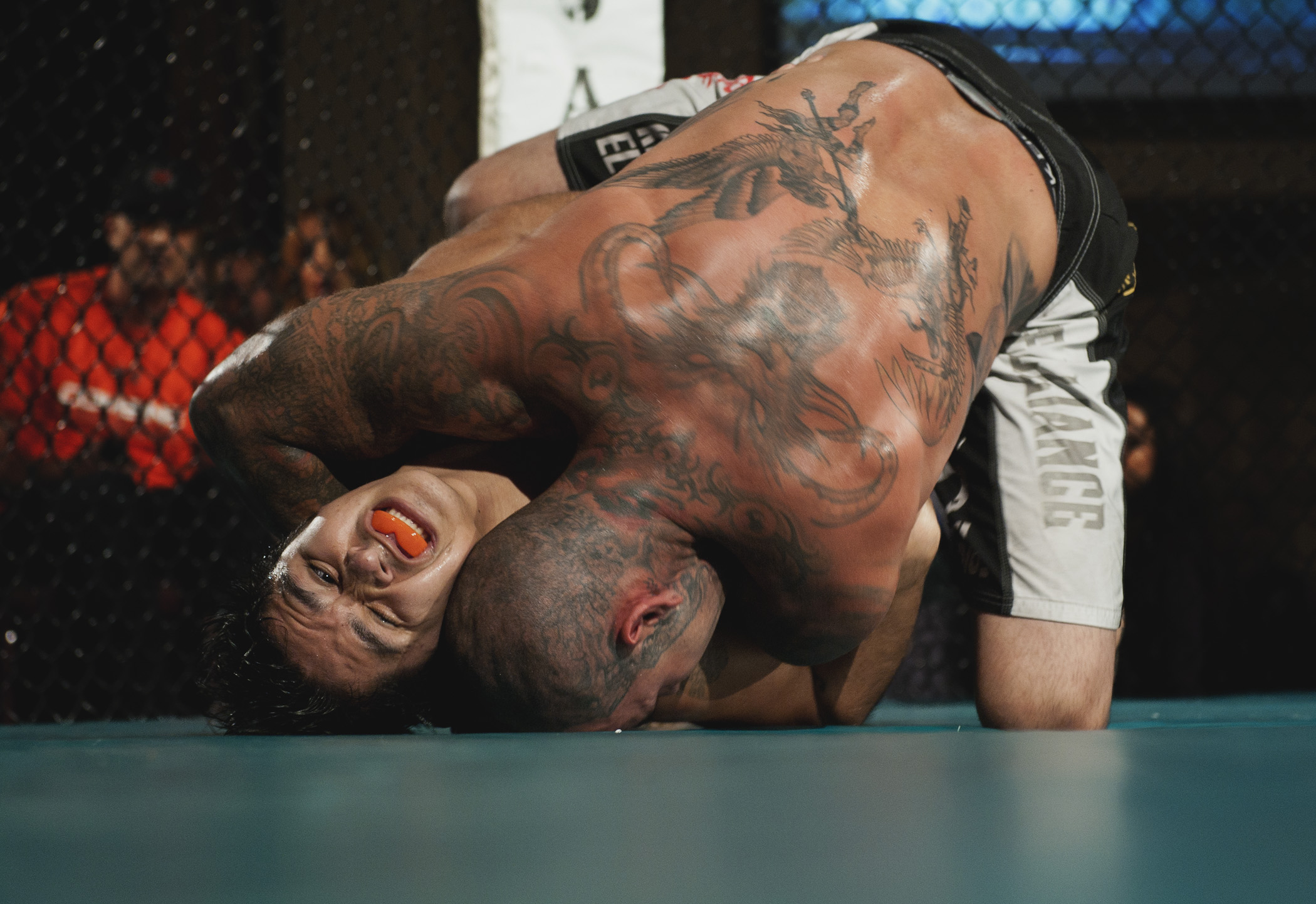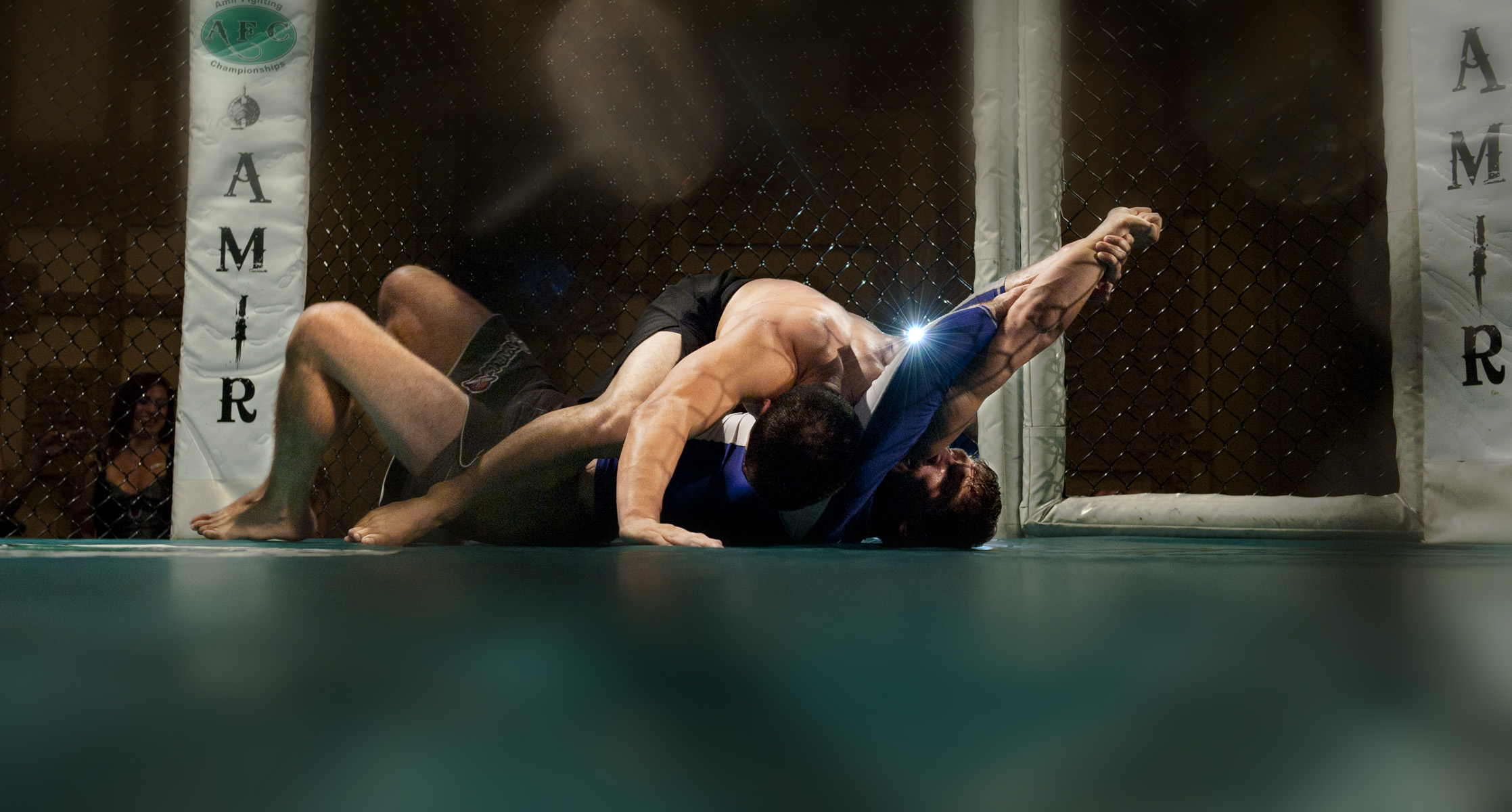Mixed Martial Arts (MMA) is arguably one of the world’s most rapidly growing sports and many sports medicine practitioners will be exposed to these athletes. While the sport may seem foreign to some sports medicine specialists and elicit an unsubstantiated negative response, the participants still require quality care, just as any patient would be expected to receive. Furthermore, the MMA athlete of today is a well-rounded, multi-dimensional athlete with his or her own needs.
To adequately treat the MMA athlete, a sports medicine specialist should understand the needs of the sport and its culture as well as the medical issues the athletes faces. Many of these athletes do not have insurance, do not have an “off-season” to recover, and seek out what they believe to be more holistic approaches to treatment. By better understanding where the athlete is coming from, we can better address the athlete’s needs. Furthermore, through dedicated research and discussion, we can bring the science of sports medicine to this evolving sport.
The Modern MMA Athlete

Today’s MMA athlete focuses on a wide variety of martial arts disciplines as well as strength and conditioning. Sometimes, he or she will also employ a nutritionist as many other athletes do. MMA involves both stand-up and ground-work. Stand-up fighting entails punches with light gloves, kicks, knees and elbows (elbows to the back of the head and kicking/kneeing a downed opponent in the head are illegal). During the fight, an MMA athlete may experience lacerations, orbital fractures, metacarpal fractures, or other striking related injuries. The fingerless aspect of the gloves may also lead to inadvertent eye-pokes. Shoulder dislocations and tibial fractures have also been seen inside the cage.

Ground-work is often a combination of wrestling and jiu-jitsu or other submission based martial art. While on the ground, the fighters will attempt to lure their opponents into a position that will allow them to apply a joint-lock or choke-hold leading to a tap or stoppage by the referee before a significant injury can occur. However, the hyperextension nature of a joint lock can often lead to injury during training or before a fighter can tap out. Elbows and knees are most at risk for hyperextension injuries as well as shoulder dislocation or labral tears from cranking the shoulder in an awkward position. In addition, like any athlete cutting or pivoting quickly, as well as scrambling from standing positions to ground positions, MMA athletes often suffer ACL or meniscal injuries.
The MMA Culture – not surrounded by too many SEM professionals
As MMA is still a growing sport, and due to the individual nature of the sport, it’s athletes are not surrounded by a team of athletic trainers, physical therapists, or team physicians. As a result, much of the advice an MMA athlete seeks may be from fellow fighters, boxing or jiu-jitsu coaches, or health professionals who train at the same gym. Often times, these athletes do not have health insurance and therefore seek out cheap, often temporizing treatments that may not be in their best interest. In addition, the MMA athlete has no off-season to recuperate and often loses site of long-term recovery in the face of an upcoming bout, especially if that bout means moving up the ranks, whether it be amateur or professional. The lure of a bigger payday and being discovered by the world’s largest MMA organization, the Ultimate Fighting Championship (UFC) often pushes these athletes to seek more fights within a given year, sometimes ignoring the advice of ringside or clinic doctors. In fact, since each state regulates its own MMA events and there is no centralized record base, an athlete may be handed a suspension by a ringside doctor only to fight in a new state before the suspension is completed.
Many MMA athletes arrive in the sport from wrestling or other backgrounds where more “holistic” approaches are stressed to limit the interventions by doctors and also to avoid surgery. As a result, many of these athletes favor chiropractors or more Eastern medical practitioners. While there is certainly a role for alternative treatments, it is the responsibility of the sports medicine specialist to educate the MMA athlete on the safety of these alternative treatments as well as the important advances available today in more traditional sports medicine.
MMA Sports Medicine Issues
Besides musculoskeletal issues, today’s MMA athlete faces other medical issues, particularly the abuse of Performance Enhancing Drugs (PEDs), rapid and unsafe weight-cutting, and concussion/mild traumatic brain injury. Like any professional athlete, MMA fighters often will seek any advantage over their opponent they can find. Unfortunately, that sometimes leads them to abuse PEDs. Anabolic steroids and HGH are of particular concern, but the abuse of Testosterone has also been a hot topic over the last few years. As television marketing and doctor prescription of testosterone has increased, so has the abuse of Testosterone Replacement Therapy (TRT). Some MMA athletes may seek out a physician to approve a Therapeutic Use Exemption (TUE) to allow them the use of TRT by the state athletic commission. In many cases, the athlete has abused anabolic steroids in the past, thus limiting the level of testosterone measured on testing. The athlete will then use this as “proof” that they require a TUE. State commissions understand the need to test athletes for TRT abuse, but they often have limited resources for funding these tests. It is therefore easier and more cost-effective for the physician to educate the athlete directly on the dangers of PEDs and TRT abuse. In response to the widespread use of TUEs, some state commissions such as Nevada and California have effectively banned the use of TRT by its athletes.
Another major medical issue the MMA athlete faces is rapid and unsafe weight-cutting practices. Rules on when a fighter weighs-in vary by state for amateurs, but professionals usually weigh-in the day before a fight. As is seen in wrestling, boxing, and judo, even on the Olympic-level, athletes will dehydrate themselves 5-7 days before a fight to weigh-in under the limit and then use the ensuing 24 hours to rehydrate, often gaining anywhere from 5 to 20 pounds. This rapid weight loss and dehydration puts them at significant risk for kidney failure, cardiovascular strain, neurocognitive dysfunction, and a host of other pathologies. Studies have even shown that many athletes are still dehydrated by the time the fight starts, and very few are fighting at a weight encompassed within the weight class for which they weighed in. Several weight-cutting related deaths in the 1990s actually led the NCAA to move wrestling weigh-ins to the same day as the event and regulate how quickly and how much weight a wrestler can cut. Furthermore, there is some thought that dehydration may limit the amount of fluid in the blood-brain barrier, thus reducing the cushion for impact from head blows.

When compared to boxing, MMA gloves are lighter and the fights are shorter, but MMA fighters are still at significant risk for concussion and long-term mild traumatic brain injury. In fact, most of the accumulated brain injury may occur in the weeks preceding a fight as the athlete trains daily during training camp. Many athletes may not even know that a knockout involves a concussion. Education on the long-term risk of hard sparring as well as the accumulation of sub-concussive episodes is of paramount importance as more young athletes are entering the sport. Further research is required before we have begun to fully see the effects of long-term exposure in the earlier generation of MMA fighters.
The Need for Research
As the sport of MMA evolves, so too must the science of sports medicine. Currently, the care for the MMA athlete is very splintered. Treatment practitioners may range from nutritionists and strength and conditioning coaches to athletic trainer, physical therapists, and physicians. In addition, many labs around the world are performing research on very important issues related to MMA and other combat sports including head trauma and weight-cutting.
The major roadblock to bringing this high-level education and research to the athlete is that there are not any significant MMA research groups to promote collaboration and discussion among researchers and practitioners. Major sports such as American football and FIFA soccer have countless study groups and panels focused on analyzing safety, promoting research, and educating those team members around the athlete. Currently, MMA does not have such a research body.
As a result, I have founded the Mixed Martial Arts Research Society (MMARS) to help promote research, collaboration, and education among researchers, athletic trainers, physical therapists, and physicians. It is my hope that through research and the MMARS we can make the sport of MMA safer, prolong the careers of these athletes, and bring the science of medicine to this rapidly evolving sport.
For more information visit http://www.mmastudy.org/m/
**********************
Jonathan Gelber, MD, MS is a sports medicine fellowship-trained orthopedic surgeon. To get involved in the Mixed Martial Arts Research Society (MMARS), you can visit mmastudy.org.